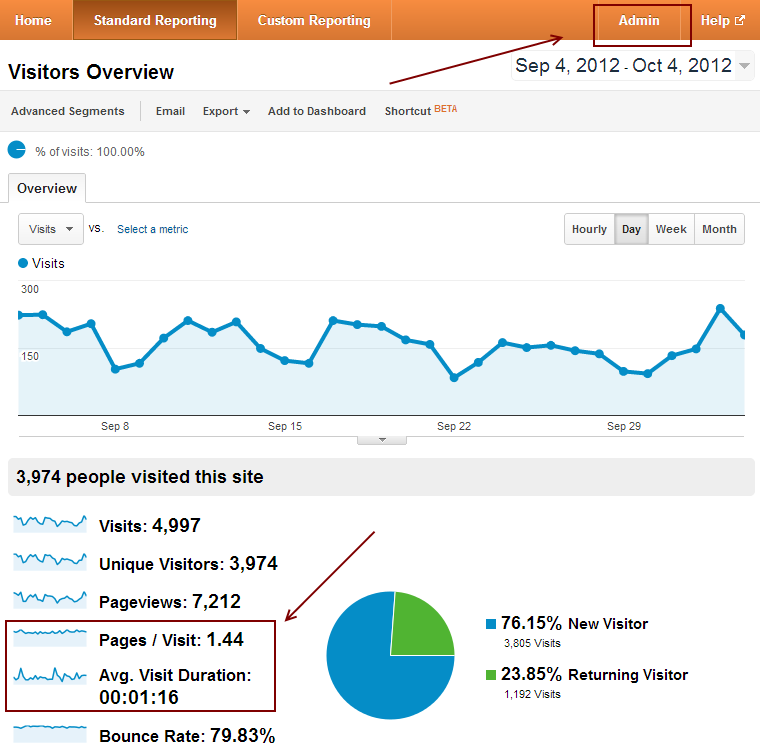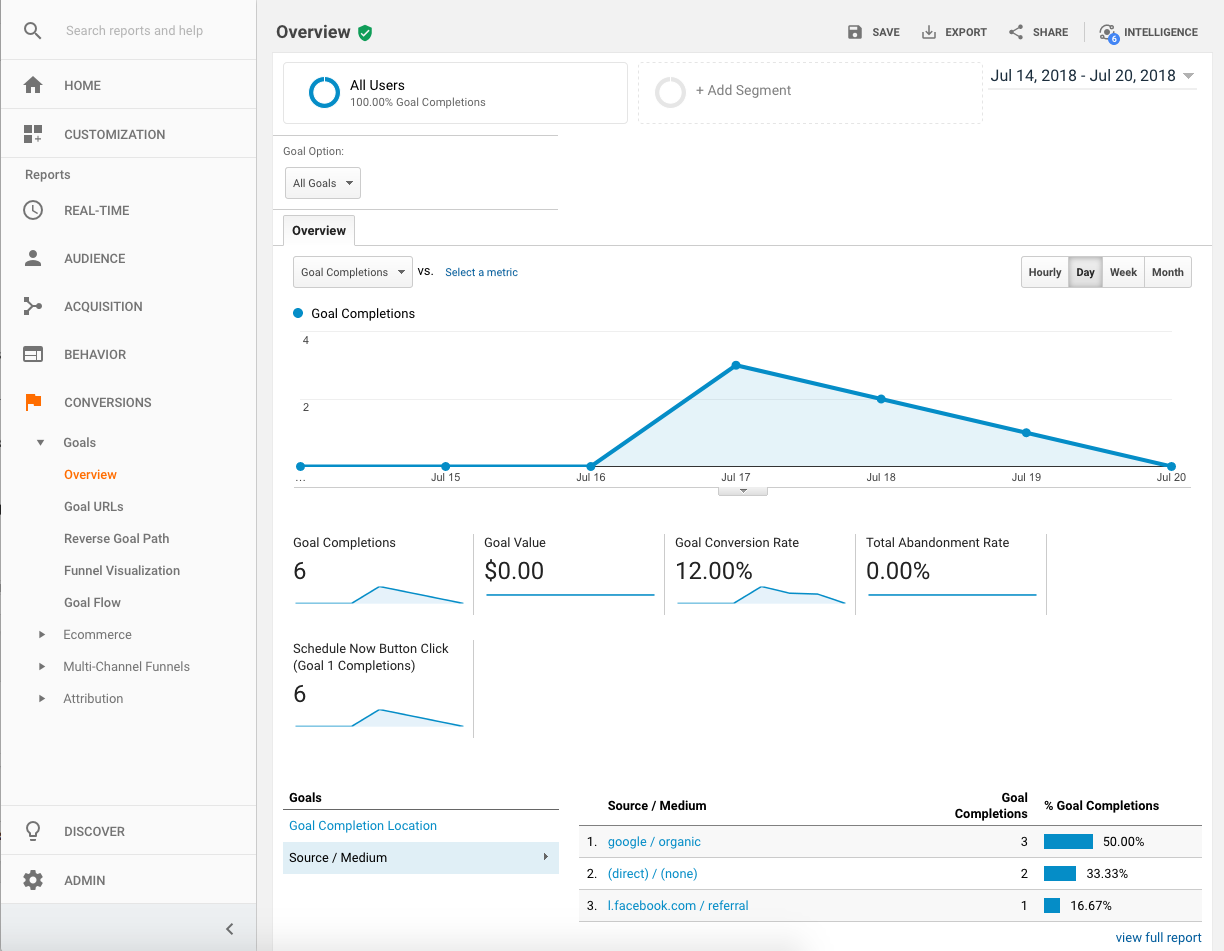Discovering What Data Is Google Analytics Goals Unable to Track
Discovering What Data Is Google Analytics Goals Unable to Track
Blog Article
Debunking Google Analytics Limitations: Discover What Information Goals Can not Track
In the world of digital analytics, Google Analytics stands as an effective device that supplies useful understandings into website performance and customer behavior. From the ins and outs of customer communication with dynamic material to the intricacies of cross-device user journeys, these constraints dropped light on areas that may stay obscured from traditional analytics viewpoints.

Individual Communication With Dynamic Web Content
User interaction with dynamic web content plays an important function in recognizing individual actions on internet sites and optimizing the total customer experience. Dynamic web content describes elements on a web page that can change without the demand for a complete web page reload. This includes interactive elements such as pop-ups, sliders, types, and video clips that react to user actions in real-time. By tracking customer communications with vibrant material, site owners can obtain valuable understandings right into individual engagement, choices, and actions.
Google Analytics supplies numerous tools to track user interactions with dynamic web content, such as occasion tracking and virtual pageviews. Occasion monitoring allows you to check specific user activities, like clicking a switch or watching a video clip, offering data on just how users connect with vibrant components.
Cross-Device Customer Journeys
Just how can modern-day analytics tools track the complex courses users take across numerous tools in their online trips? Cross-device customer trips provide a significant challenge for tracking and analyzing customer habits accurately. As users connect with applications or web sites using numerous tools such as desktops, tablet computers, and smartphones, it comes to be critical to comprehend exactly how they move in between these platforms to optimize customer experience effectively.
Google Analytics encounters constraints in tracking cross-device user trips because of personal privacy issues and technical restraints - what data is google analytics goals unable to track. While it can supply insights right into individual devices' interactions, tracking a seamless individual trip throughout several gadgets continues to be an obstacle. This restriction can result in incomplete information and fragmented individual insights, making it challenging for companies to create a unified sight of the consumer trip
To resolve this concern, organizations can make use of advanced analytics tools that provide cross-device monitoring abilities, permitting them to acquire an extra all natural understanding of customer actions. By leveraging these tools, organizations can bridge the gap in tracking cross-device user trips and optimize their electronic techniques for a seamless individual experience.
Offline Conversions and Acknowledgment
As companies browse the challenges of tracking cross-device individual journeys, one more essential facet to think about is the world of offline conversions and acknowledgment in the world of information analytics. While Google Analytics supplies useful insights into on-line customer behavior, it drops short when it involves tracking conversions that take place offline. This restriction poses a considerable obstacle for organizations that have both online and offline sales channels.
Offline conversions, such as purchases made in physical stores or via call facilities, are necessary to understanding the full client trip. Without the capacity to associate these offline conversions to specific on-line interactions, companies might battle to properly gauge the effect of their digital advertising and marketing efforts.
To resolve this void, organizations can explore alternative options such as integrating CRM systems with on the internet analytics devices or utilizing unique promo codes that can be mapped back to on-line projects. By connecting the void between online and offline data, services can gain a much more extensive understanding of their customers' actions and boost their total advertising and marketing approaches.
Individual User Identification
In the world of data analytics, the capacity to view precisely recognize individual customers throughout numerous on the internet touchpoints is a vital difficulty for organizations seeking to customize and maximize their advertising strategies. While Google Analytics supplies useful insights right into user behavior and interactions, it drops brief in enabling the identification of specific people because of privacy problems and technical constraints. Google Analytics uses distinct identifiers such as cookies to track user sessions and habits, but these do not equate to recognizing individual customers in a personal sense.

Data From Secure Pages
Regardless of the raising prevalence of safe pages on internet sites, getting information from these encrypted resources provides a distinct difficulty for digital analytics platforms like Google Analytics. Safeguard pages, shown by HTTPS in the URL, secure information traded between the user's browser and the internet site's web server to ensure personal privacy and safety. While this encryption is essential for protecting sensitive info, it likewise postures constraints for tracking user habits and celebration analytics information.
Google Analytics deals with obstacles in accumulating thorough info from protected web pages due to the encryption methods in place. As an outcome, particular data factors such as reference resources, keyword searches, and also some customer interactions may not be fully caught when individuals access a website through a secure link. This limitation can influence the precision and completeness of the data analysis, leading to spaces in comprehending individual habits and preferences on secure web pages.
To navigate this difficulty, digital analysts might require to check out alternate tracking methods or take advantage of various other tools especially designed to gather understandings from check here protected web pages. By adjusting techniques to suit these constraints, businesses can still derive important analytics regardless of the restraints provided by encrypted links.
Verdict
In verdict, Google Analytics has restrictions in tracking customer interaction with dynamic web content, cross-device pop over here individual journeys, offline conversions, individual customer identification, and data from secure web pages. These constraints impede an extensive understanding of user habits and may lead to voids in data analysis. Regardless of its useful insights, Google Analytics may not give a full image of user involvement across various touchpoints. It is necessary for services to be familiar with these restrictions and take into consideration extra tools for a more alternative view of their data.
Individual interaction with dynamic material plays a crucial role in understanding individual actions on sites and optimizing the general customer experience. By tracking user interactions with dynamic web content, website proprietors can obtain beneficial understandings into individual interaction, choices, and actions.
Google Analytics makes use of special identifiers such as cookies to track individual sessions and behavior, however these do not relate to recognizing specific users in a personal feeling.
As an outcome, specific data points such as referral sources, keyword searches, and even some user communications might not be completely recorded when customers access a website via a safe connection.In final thought, Google Analytics has restrictions in tracking individual communication with dynamic web content, cross-device individual journeys, offline conversions, specific user recognition, and data from secure web pages.
Report this page